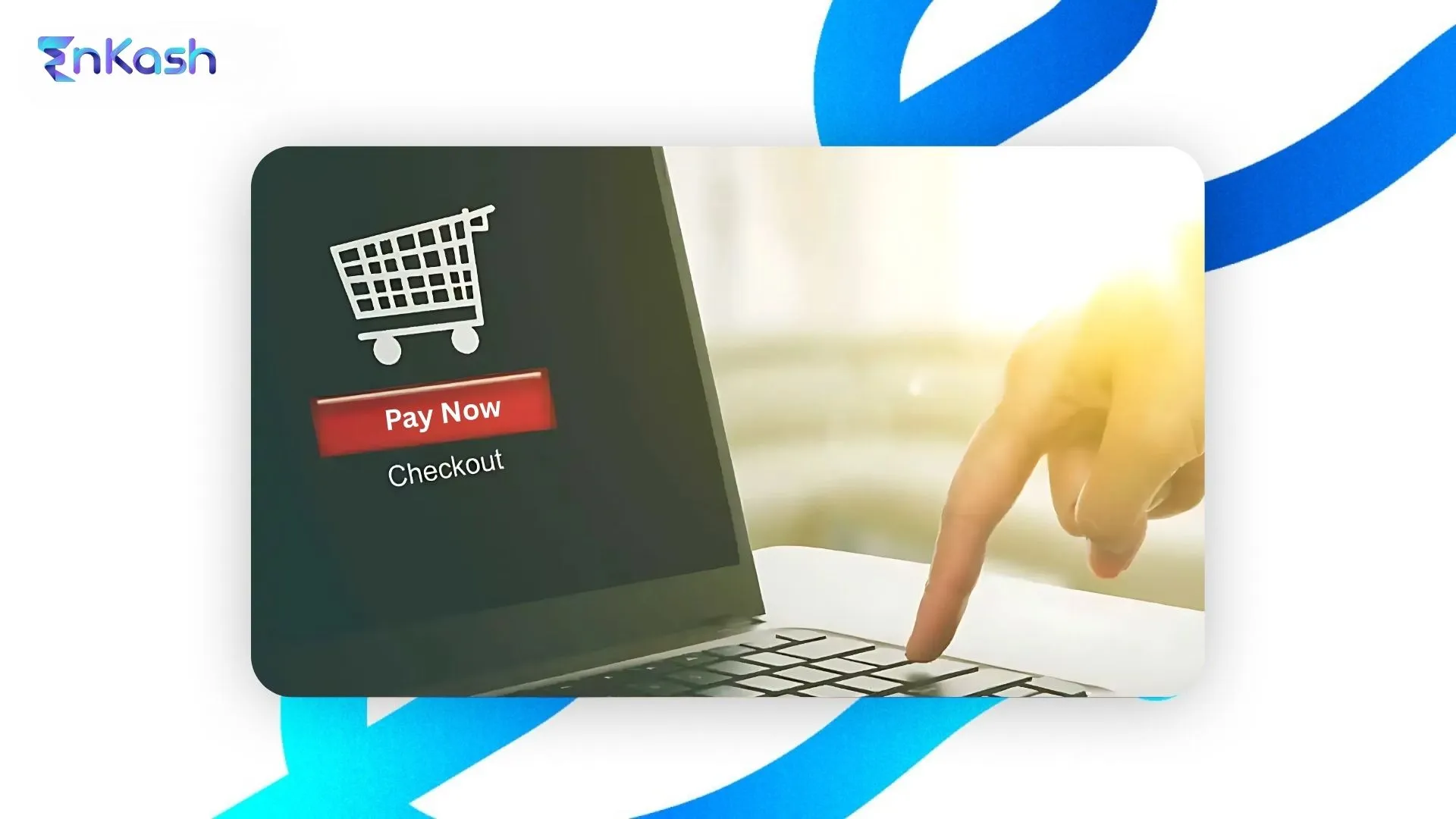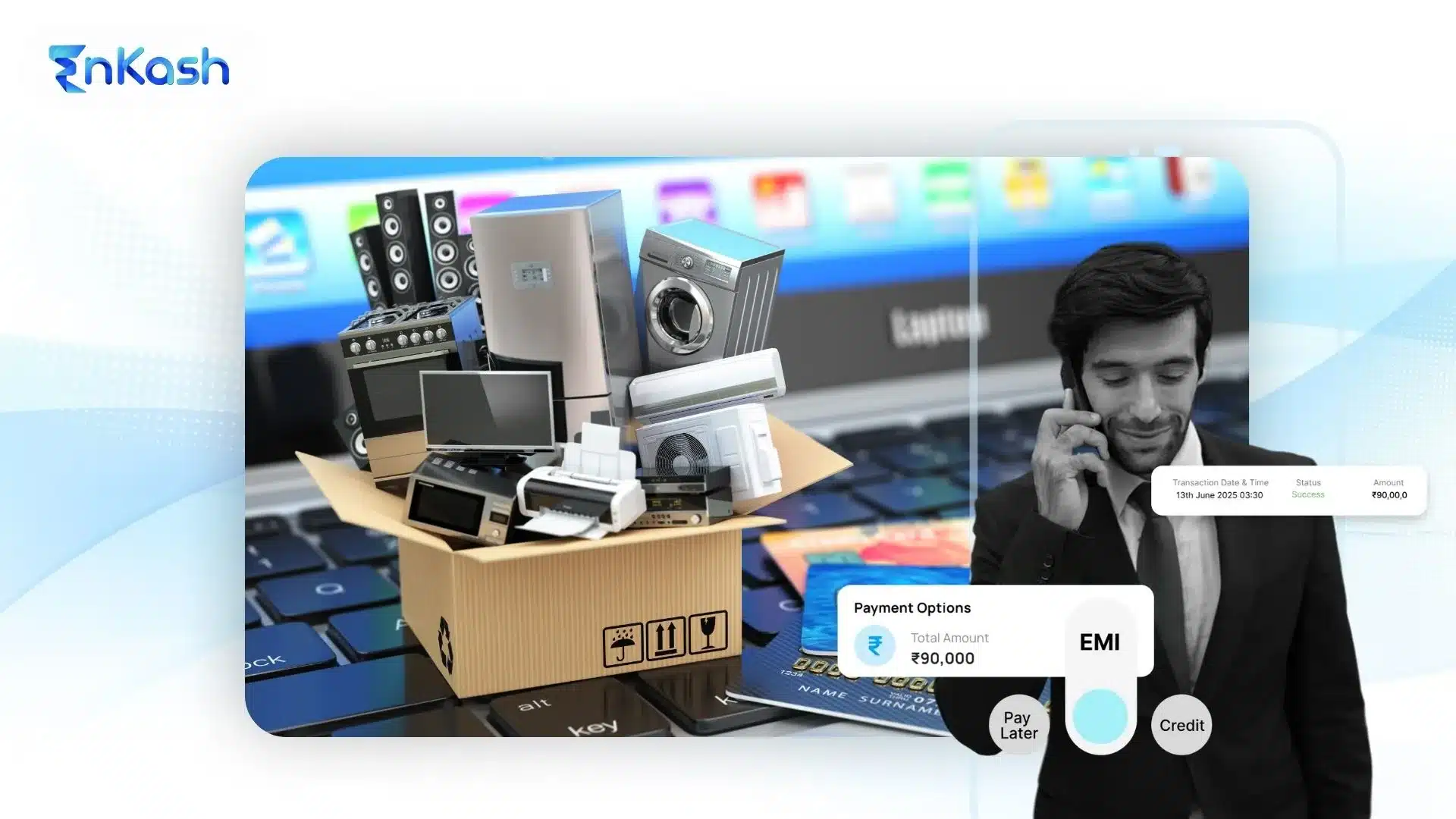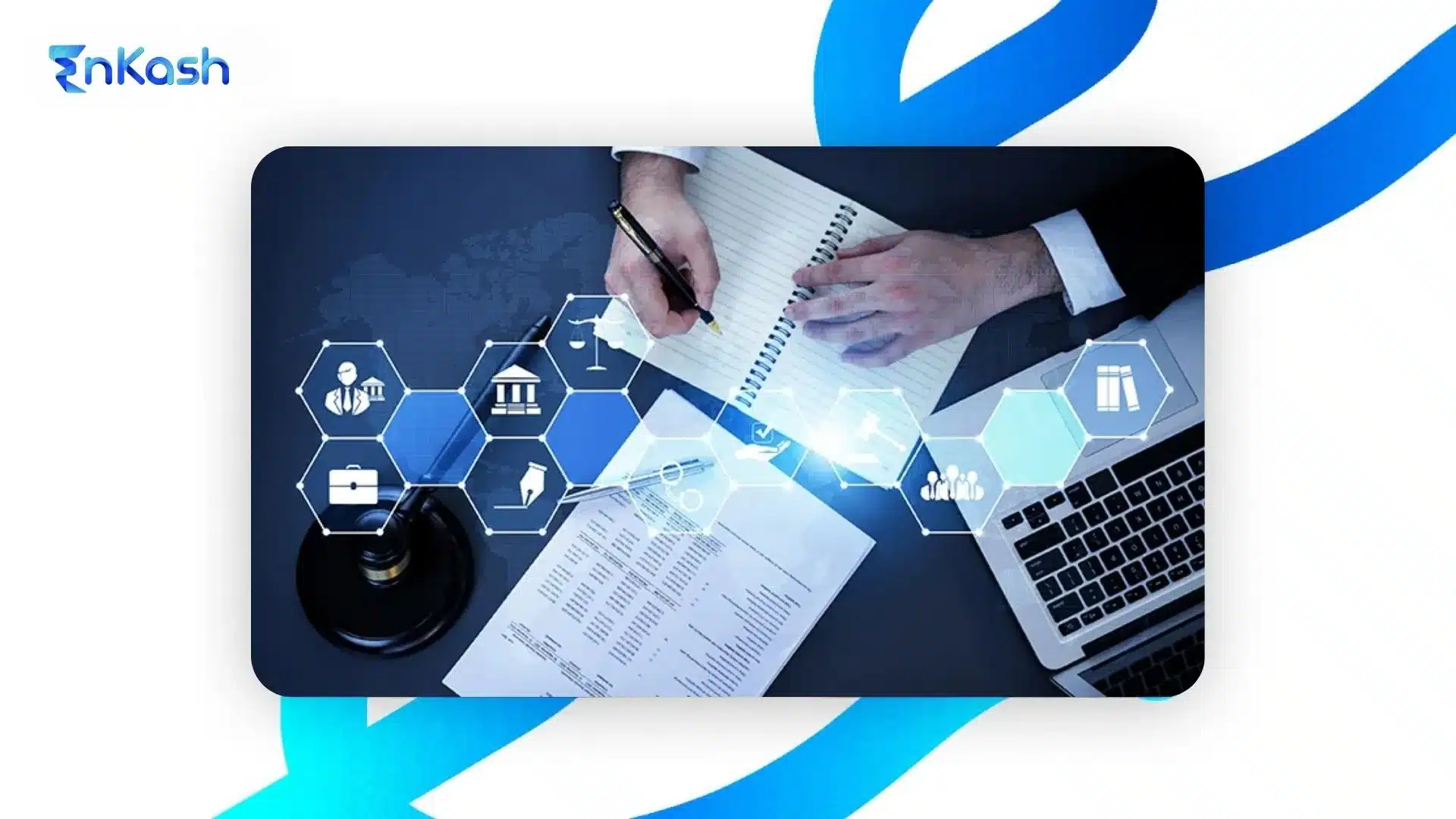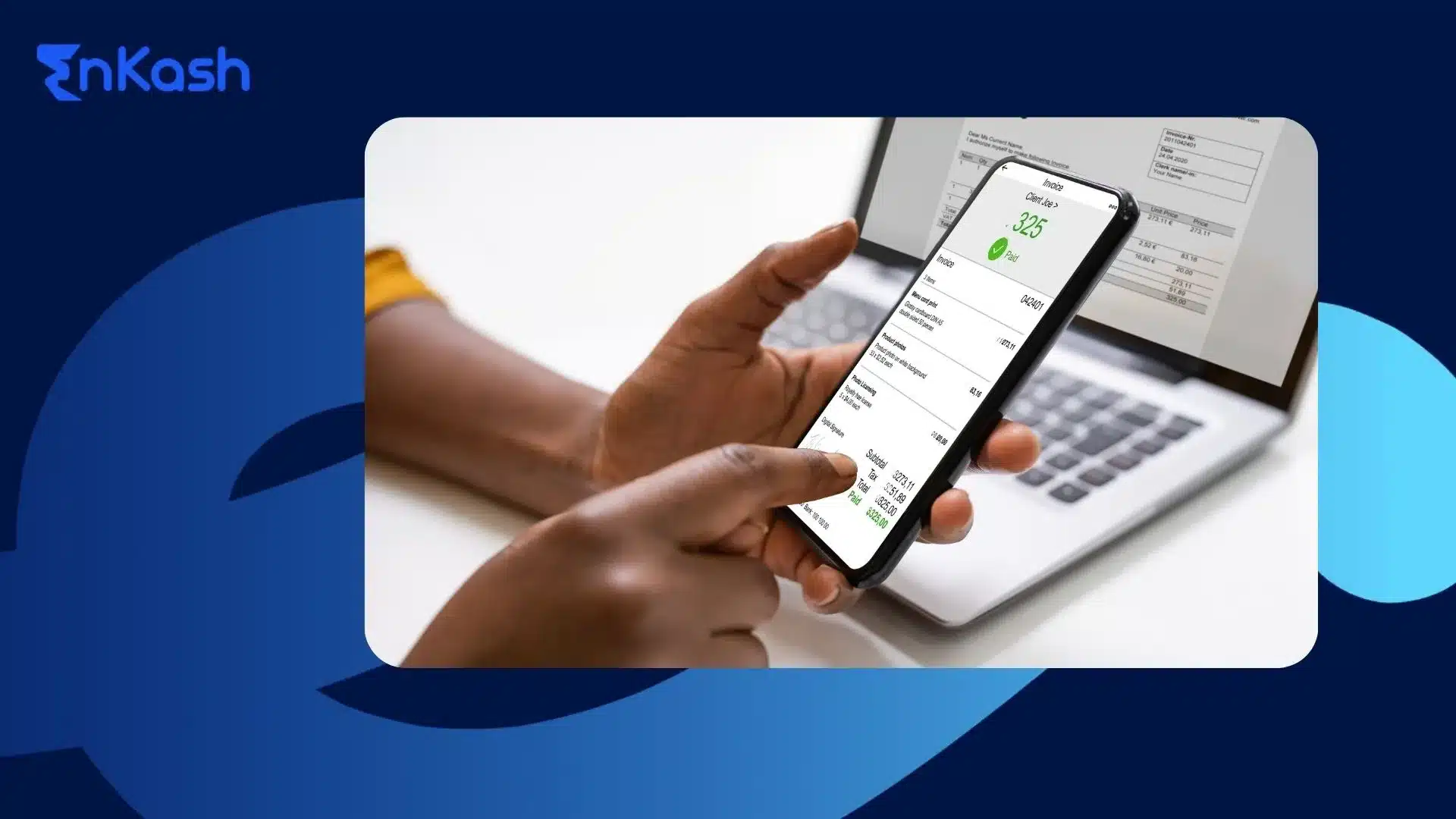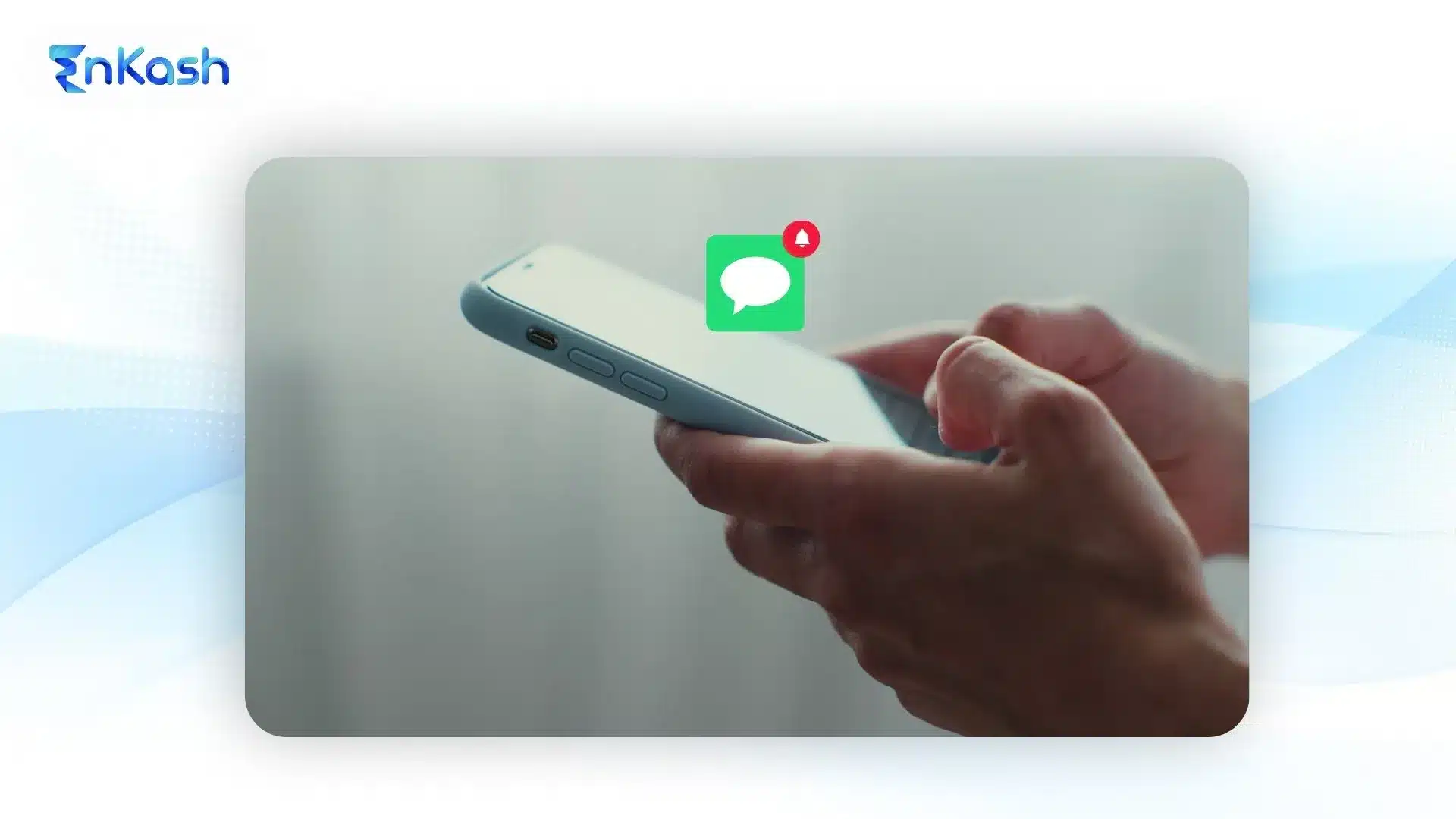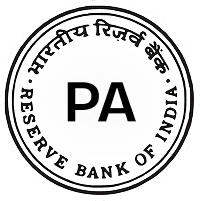Introduction
Speed and convenience determine the customer experience in the digital commerce and payment world. Buyers crave quick interactions, and those who can swiftly convert browsers into buyers have a better chance of success. The payment button is the simplest yet a powerful tool for enabling speedy yet secure transactions with just one click. It eliminates redundant steps, thereby reducing cart abandonment and improving customer satisfaction. As UPI and mobile-first payments grow in popularity in India, it is less of a convenience and more of a necessity to integrate payment buttons into one’s platforms to have an edge in this fast-paced online marketplace.
Payment Button: A must-have for Modern Businesses
A payment button is a simple yet a powerful clickable tool on websites or in mobile apps that allows customers to make payments instantly and securely. This process is all about linking the channel through which customers make payments with the payment gateway or processor. With a reduced number of steps, it virtually streamlines or smoothens the customer’s transaction process. Depending on their styling, functions, and payment methods, buttons may be customizable for a business to suit the form and function of a brand as per the preferences of its customers. In all their variants, they allow buyers to conduct transactions using UPI, debit card, credit card, net banking, or wallet, thus keeping these payment buttons flexible and versatile. With the rapid expansion of UPI and digital adoption in India, payment buttons are becoming increasingly important for businesses that want to enhance customer convenience and stay competitive. Payment buttons minimize friction in the purchase process. Improved user experience, reduced cart abandonment, and higher conversions are direct results of this. Businesses can embed payment buttons into product pages, invoices, emails, or even social media platforms, allowing customers to pay for a product via a secure payment link without being redirected away. In light of the growing number of mobile-first users and the heightened expectations for real-time payments, installing a sleek, responsive, and truly secure payment button is way beyond optional and is therefore a must-have for every business looking to thrive in the digital economy.
Benefits of Adding a Payment Button to Your Website
The integration of a payment button on a website is no longer merely another convenience to provide: it is a move to make the user experience better and increase sales. Whether you are running an online store, a service-based platform, or perhaps an entirely digital business, a payment button will make transactions easier and provide other benefits as well. So here are some major benefits every business should look into:
Speedy Checkout Process
The biggest advantage of a payment button is that it speeds up checkout. Instead of having to get through a number of pages and input fields, a customer can often complete a purchase in as few as two clicks. This nifty little tweak cuts down on the time lag between option and purchase and smoothens out an otherwise jarring user experience.
Improved Customer Convenience
Buyers nowadays crave ease and speed. A payment button allows users to pay at ease—sometimes just one click—with no need to re-key addresses or navigate through confusing steps. Having this level of convenience can help increase customer satisfaction and return visits.
Better Conversion Rate
A complex checkout procedure is one of the top reasons for cart abandonment. Transaction abandonment occurs when a user perceives the transaction process as flawed or extremely time-consuming. Payment buttons placed well and designed simply allow the consumer to overcome such barriers and provide for a fuller purchase experience, thus raising conversion levels for your website.
Mobile Compatibility
As mobile shopping continues to ascend as the norm, it becomes of paramount importance that your payment system works well on all devices. Payment buttons are built with responsiveness in mind so they adjust to smartphones, tablets, and any sort of desktop. It leads to creating an almost seamless experience for all users, irrespective of which device they prefer to use for working on your site.
Secure Transactions
With security being a big concern among online buyers, payment buttons usually get integrated into a widely trusted and secure payment gateway that adheres to rigorous compliance standards and encryption protocols. It serves as a double-edged sword: protecting customer information while also lending trust and validation to your brand.
Multiple Payment Options
The payment choices today are quite diversified: credit and debit cards, UPI, net banking, mobile wallets, and so forth. A contemporary payment button should permit most of these methods and thus should better make use of the choice of payment technologies available to them. This consideration will indeed make them capable of converting bigger traffic and reach a more extensive audience.
Easy Integration Across Platforms
Another positive feature can be flexible placement. Payment buttons can be inserted not only on your site but in product pages, email invoices, landing pages, blog posts, and even on social networks-an operation that helps businesses broaden acceptance beyond wherever their customers might be located.
The Importance of Checkout Speed in Today’s Online Market
Checkout speed is no longer just about speed; it is a matter of survival in this fast-paced digital marketplace. Customers have very little time and have considerably less patience, so the impact of fast checkout on your success can be direct.
First Impressions Matter
A slow checkout is a bad first impression. It can make the user think that the procedure is clunky and out of date, and and may question your professionalism and credibility. On the other hand, an efficient, user-friendly process will bring some goodwill towards your brand, implying you value their time and have a timely solution for them.
Reduced Cart Abandonment
Time is of the essence, especially for a user ready to pay. Even slight delays of a few seconds can cause cart abandonment. Studies reveal that faster checkout processes significantly drop abandonment rates and increase revenues.
Increases Customer Retention
A good checkout experience will keep them coming back for more. Fast, secure, and easy payment processes ensure repeat purchases and create customer loyalty in the long run.
Better Brand Perception
Fast checkout indicates trust, professionalism, and efficiency. Contrarily, sluggishness might lead users to start thinking that your site or business is somehow old-fashioned. Perception plays a big role when it comes to customer choice in such a competitive online market.
How Payment Buttons Speed Up Checkout and Advance Sales
In the modern competitive e-commerce world, a smooth and speedy checkout experience is a must for gaining customer satisfaction and sales. Integrating payment buttons into your website or mobile app is one of the best ways to ensure a smooth checkout. These payment buttons shorten the journey and remove activities that can lead to cart abandonment.
Eliminate Lengthy Checkout Forms
Classically, checkout times demanded users to fill in many fields-billing address, card number, contact details, etc. Payment buttons cut out the form-filling process, allowing the customer to go straight to payment. With the information saved by the merchant site or some sort of autofill, the user completes the purchase within just a few taps or clicks.
Fewer Redirects, Seamless Flow
Having kept the payment transaction flow within the same platform instead of redirecting users through multiple third-party payment pages, it retains user engagement and builds trust, while lessening drop-offs and thus increasing conversion probability.
One-Tap Post Inconveniences
In a post-purchase environment, saved preferences and payment data facilitate one-click/one-tap payments for the returning user. From a mobile standpoint, this is the nimble approach that gives the user incentive to make their repurchase with the least amount of friction.
Great for Impulse Buys
Speed is vital for impulse buying. The faster the checkout, the more upselling will be done before the customer begins to think about it. Payment buttons fight against any loss of momentum in checkout by giving customers a smooth pathway from product selection to purchase.
Suitable for High-Volume Sales
While working with flash sales, discounts, or limited offers, payment buttons ensure a quick conversion from interest to transaction. IIt supports transactions at high speeds during peak timings or viral campaigns.
Making Online Payments Easy in India with UPI Payment Buttons
The Indian digital payment space has seen a massive transformation over the past few years, and UPI has become the mode of payment of choice. Now, UPI payment buttons are changing how businesses accept convenient, secure, and real-time payments from consumers.
Easy to Use and Understand
UPI payment buttons do away with the need to enter long card numbers, expiry dates, and CVVs. Users just pick their UPI app of choice to scan a QR Code or approve the transaction on their smartphone, thus making it extremely easy and fast.
Real-Time Bank Transfers
In contrast with traditional payment modes that take hours or days to get cleared, UPI transfers funds from one bank to another instantly. This real-time functionality shortens the time of conducting transactions and is capable of further enhancing the goodwill of customers, especially for purchases or services that are on a time crunch.
Enhanced Trust Among Indian Consumers
Many Indian consumers report high trust in UPI for online transactions, often preferring it over traditional bank cards. By integrating UPI payment buttons into your platform, you are fulfilling customer expectations and gaining credibility, especially for small and medium businesses aiming for the local population.
Great for Mobile-First Transactions
India is a mobile-first economy; most users access the internet through smartphones. The UPI payment buttons are designed with this in mind to ensure smooth mobile experiences without needing a desktop or laptop.
Almost Everywhere in India
Be it a small grocery or a big e-commerce hub, UPI is fast becoming the standard method. Deploying UPI payment buttons keeps your business on par with the emerging trend and enables easy payments by customers from all walks of life.
Cost-Effective for Merchants
On the cost side, many UPI transactions have low or nominal fees for merchants, though charges may apply for certain types of payments. This helps improve profit margin while maintaining a seamless payment experience on behalf of the customers.
Safe and Government Regulation
UPI was developed and is maintained by the National Payments Corporation of India (NPCI), and it follows robust security protocols. Employing the UPI payment buttons will put your business in compliance with local regulations and give the customer an experience of trust.
Design Tips for Instant Checkout with Payment Buttons
A smooth checkout flow transforms browsers into buyers. One of the simplest and most effective ways to improve checkout is by using a well-designed payment button. Any button will not do; its very design, placement, and responsiveness shape conversion.
Use Clear Action-Oriented CTA Text
Payment buttons’ text must be clear and engaging. Terms like “Buy Now,” “Pay Instantly,” “Complete Purchase,” or “Checkout Securely” must be used in strong, actionable CTAs. Ambiguous terms will instead disorient users. These CTAs foster faster decision-making, meaning reduced hesitation.
Place Your Buttons Near the Important Conversion Zones
Observe the position of the buy button close to the price tag, cart summary, or checkout form to hold onto user attention and prevent friction. On mobile, this might mean keeping the button visible while the user scrolls.
Optimize for Mobile Responsiveness
Today, an absolute majority of transactions are made via mobile. Hence, your payment button should be fully mobile optimized, load fast, and easy to tap. Provide enough space so that users do not mistakenly hit another link, and make the button big enough to tap easily.
Show If the Payment Method Is Accepted
These visual signs help in trust building. Use familiar icons like Visa, Mastercard, UPI, Paytm, Google Pay, or Apple Pay next to your payment button. The icons reassure the user that you accept his/her preferred form of payment.
Use Colors Thoughtfully
Make your button stand out, yet maintain your brand identity. Pick colors that have the highest contrast so your button receives maximum eyeballs, but don’t pick clashing colors for your website theme. For example, the green shade typically means success and security, and blue means trust.
Employ Microinteractions and Feedback
When you have a working, successful button, it immediately offers some visual feedback on being clicked—a change in color, display of a spinner, etc. Microinteractions convey to the user that the system is operating, very crucial for financial exchanges.
Continuously Test and Optimize
Conduct A/B tests on size, text, placement, and coloring of the button to get to the perfect combination. Employ heatmaps and user path tracking tools to see where users interact through the purchase process and perfect it accordingly.
Smart Payment Buttons: The Road to Expanding Digital Payments
As digital commerce is evolving, so is the supporting infrastructure. Smart payment buttons are no longer simple “Pay Now” links-they have become intelligent features that respond to customer behavior and interface with the broader business systems.
Dynamic Pricing Empowerment
They can instantly inform visitors of price changes without triggering a page reload. These features create a sense of urgency and encourage purchases.
Pre-Filled User Data for Speed
Modern buttons pull in saved user information like shipping address, payment details, and contact info, reducing the steps needed to complete a transaction. These conveniences encourage more checkouts and are favored by returning customers.
Integration With CRMs and Analytics Tools
Now, payment buttons can be integrated directly into CRM and analytics platforms. Businesses get real-time insight about who is buying, when they are buying, and on which device or channel.
Behavior-Based Checkout Flow
Smart buttons might modify the payment process using cookies or login sessions to find out if the user is logged into their account, is returning, or is completely new. They might allow return customers a one-click checkout, but would guide new users through a streamlined process.
Support for Multiple Payment Methods
Smart payment buttons detect the device and preferred payment method, from UPI to credit cards to wallets. Some even switch dynamically depending on location—Netbanking in India, SEPA in Europe, or PayPal everywhere else.
Security Enhancement with Tokenization
Smart payment buttons today are fast and secure. Tokenization, 2FA (two-factor authentication), and SSL encryption are used to ensure security standards in payment applications such as PCI-DSS compliance.
Improved Conversion Tracking
Such buttons aid in attribution and conversion tracking due to their ability to link marketing tools. This lets brands determine which campaigns are driving sales and make better budget allocations.
Why Choose EnKash for Smooth Payment Button Integration
In this ever-changing digital economy, businesses require a profitable and secure online payment solution. EnKash offers a smart and seamless payment button integration, easy to implement and designed with the best-in-class checkout experience for your users. Here is why
EnKash is different:
Fast and Easy Integration
EnKash APIs and documentation are pre-built for developers so that businesses can easily integrate payment buttons on any website or mobile app, considerably reducing the technical or engineering effort required. You can go live within hours!
Multiple Payment Methods Supported
From UPI to credit/debit cards to wallets, EnKash payment buttons support almost every payment method available, so the customer can pay according to their preference.
Safe and Compliant
Safety is of top priority. EnKash uses industry-standard encryption and is PCI DSS compliant, so that every transaction is safe and trustworthy for both merchant and customer.
Customizable Design
The customizing options allow you to change your payment button color schemes, label texts, or button placement and behavior, perfectly aligning it with your brand and UI.
Real-time Payment Tracking and Reports
Keep track of every payment in real-time and access comprehensive transaction reports from a centralized dashboard. This greatly aids in proper reconciliation and performance evaluation.
Especially Designed for Indian Markets
EnKash delivers robust UPI-enabled payment capabilities tailored for Indian businesses, ensuring smooth, secure transactions for a mobile-first audience.
With EnKash, collection and checkout experiences become simpler, regardless of whether you choose to work with startups or big conglomerates. Fast, flexible, and secure—in short, smart payment solutions designed to help organizations grow!
Conclusion
In today’s fast-paced digital world, checkout speed is crucial to the success of any business. Payment buttons allow for a smooth, secure, and timely way to conduct transactions while improving one’s customers’ experience. With diminished friction at checkout, these buttons help foster trust and convert more sales. Whether you want it for faster payments, greater user satisfaction, or streamlined operations, iit’s a smart and strategic move to invest in payment buttons. With innovative ideas such as EnKash, adopting online payment buttons has become more comfortable and impactful, especially with the UPI placing India high on the charts of online payment uptake, helping any business stay competitive and ready to meet the ever-increasing demands of digital-minded consumers.

